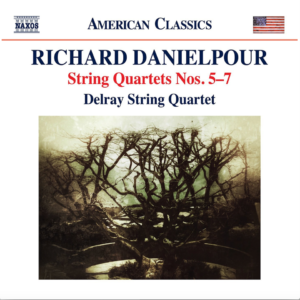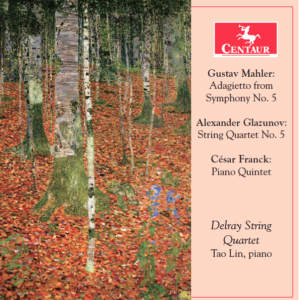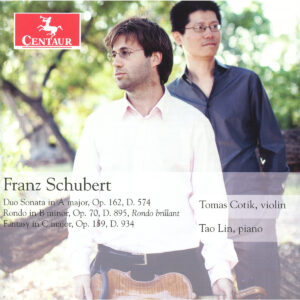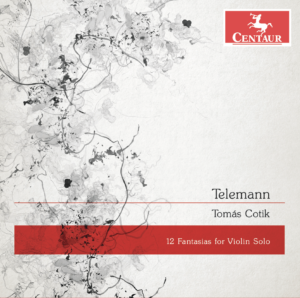Centaur Records has released on March 10, 2015 Argentine violinist,Tomas Cotik’s solo violin debut album with a world premiere recording of pieces by Franz Schubert. The CD also includes Bach’s monumental C major sonata recorded with the unusual combination ‘modern violin & baroque bow’ and Piazzolla’s challenging and intriguing Tango Etudes from Cotik’s home country, Argentina.
The album includes three Fantasias by Telemann (B-flat major, B minor and D major, Bach’s Violin Sonata No. 3 in C major (BWV 1005, Schubert’s Ländler D.370, D.374, D.355 and D.640, and Piazzolla’s 6 Tango Études.



